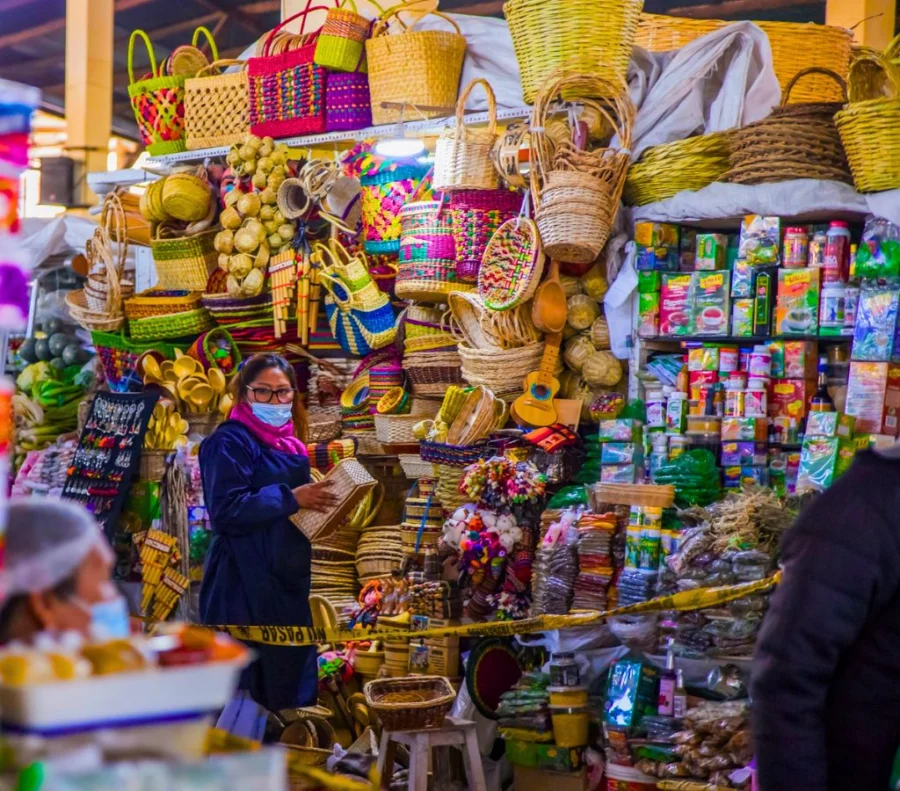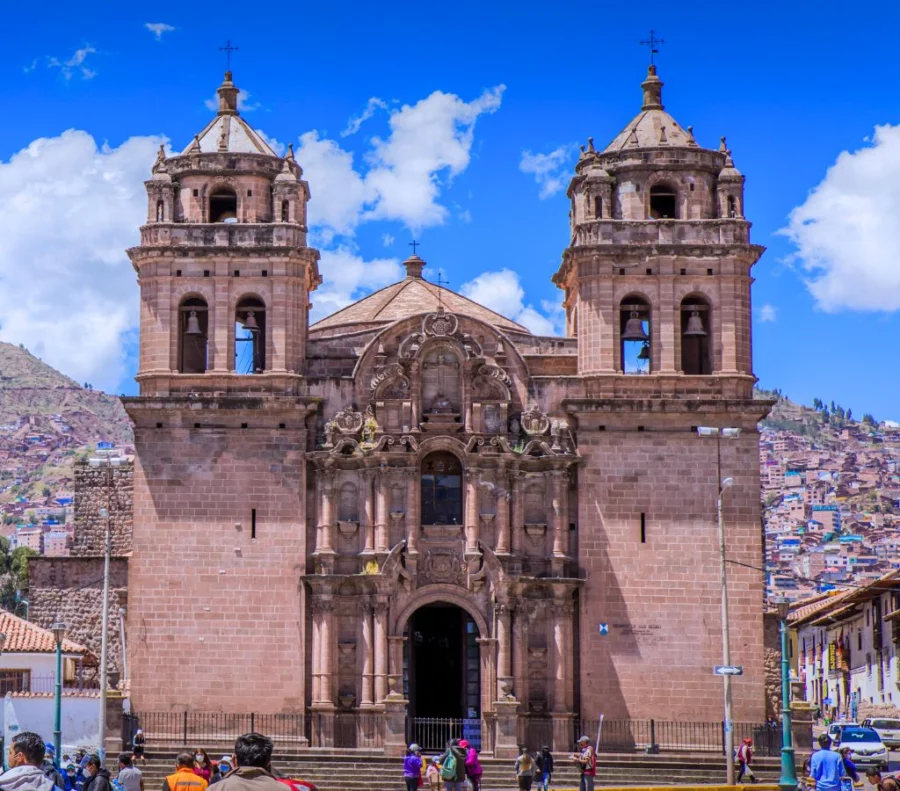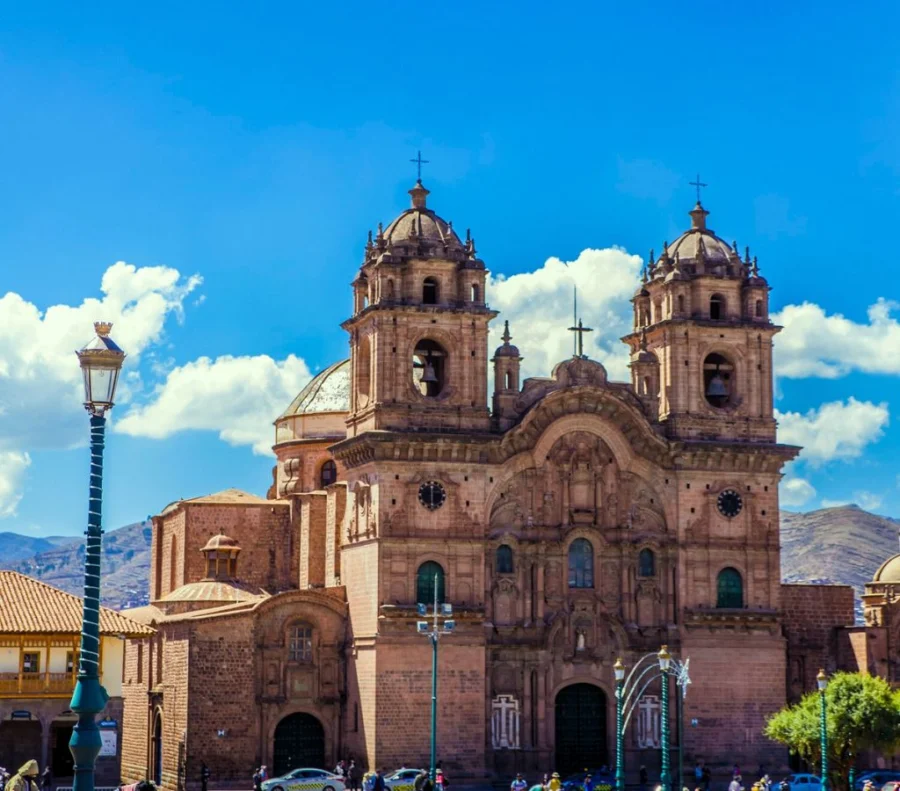The best of Cusco in 4 days
Cusco, is a historic city known as the cradle of the Inca civilization that reached large territories and formed the Tahuantinsuyo, leaving great Inca constructions that today can be appreciated.
Travel Guide to visit Peru for 4 days
I am writing this travel guide to tell you about some of my experiences I had during my tour in Peru - Cusco, I am one of those people who love to travel and like to experience new things, in this case my destination was to go to Latin America and stay in Cusco, where one of the 7 wonders of the world is located.
It was always a dream to be walking through those stone constructions, to be at an altitude with intact constructions, to feel the wind, the aroma among other things; and yes I always wanted to come to Machu Picchu, one of the places with a great secret that still could not be discovered by researchers.
And not only that, but every construction they left in the city of Cusco speaks volumes about these ancient inhabitants and what better to go see it and discover why it is the place so desired by many, so without hesitation I undertook my trip.
Why visit Peru in 4 days?
Throughout its Inca expansion left great constructions that took great importance in history and here is one of the seven wonders of the world located in Peru - Machu Picchu, was declared a World Heritage Site by UNESCO, won several awards for preserving its Inca architecture.
After the conquest of the Spanish could not reach Machu Picchu because it is located in the middle of the jungle and to get here you must come all the Inca Trail and it was not easy, so the Spanish desisted and the archaeological site remained intact;
It could be said that it continues in its original version and so far being one of the great discoveries in Peru, but it is not the only one, because the entire region of Cusco is surrounded by Inca constructions including its squares, streets, temples and houses that retain that style.
So visiting Peru - Cusco in 4 days is really very short, in this trip I will be able to visit the most visited places and among them is the Historic Sanctuary of Machu Picchu, the archaeological site of Ollantaytambo, Pisac and other sites that I will mention below.
However, I was impressed by everything I experienced, to feel that this culture is still alive, that it transmits many things that are inexplicable is something magical that you can only feel here, without more to tell you continue reading all the places that I visited in this four-day tour.
What is the best date to plan my trip to Peru?
Surely you have already found out that the best time to travel is between the months of May and October, because there is no rain and you can easily visit all the archaeological attractions.
Personally, I prefer to visit in the month of June or July, these months are my favorite because there is a party throughout the city of Cusco, parade schools, institutions, and the most beautiful thing is that in the month of June is held the feast of Inti Raymi and is a very big party, celebrated for generations.
That does not mean that the other months are not beautiful, because in this city they always celebrate something and they do it in the Plaza de Armas, it is difficult to get bored in this beautiful city;
Day 1: Visit Cusco and its 4 ruins
Today I took off very early at the Jorge Chavez International Airport in Lima, I waited for an hour and took a flight that took me to the city of Cusco. The arrival time was 45 minutes and I was very tired, my trip was long, but happy because I am in this beautiful city.
As soon as I got off the plane I felt the fresh air, the smell is different and I am excited to see everything. The good thing is that an agency was waiting for me to take me to my hotel so I could rest;
I have already settled in the hotel and I will rest at the hotel so that in the afternoon I will take a tour of the city and its different attractions.
What to see and do in Cusco?
After having rested we will walk around the city of Cusco and visit all the attractions that make the site magical.
We will start with:
- Cathedral of Cusco, is one of the main temples of the city located in the Plaza de Armas; we are told that to enter we must first purchase an entrance ticket that is sold at the door or if you want to visit museums and other temples you can buy the Religious Circuit Ticket.
Once inside the first thing I could see is the variety of canvases that are on the walls, were made by Cusquenian artists belonging to the Cusquenian school, among all highlights a picture of the last supper in which represent the Easter lamb with a vizcacha (Andean rodent) representing the Andeanism.
They also explain that its facade has a Gothic Renaissance and Baroque style, its altar is beautiful, because it is laminated with silver that were brought from the mines of Chumbivilcas. At the present time it conserves those canvases, carvings and above all there is an image that they call as the Sr. de los Temblores, considered as the patron of Cusco and they take him out to give the blessing every year.
- Qoricancha, then we go to the Temple of the Sun or better known Qoricancha, for it from the Plaza de Armas down the side of the church of the Society of Jesus (Romeritos street) to reach the archaeological site, enter showing our ticket.
The guide explains that this place was originally a main temple where the ancient Inca settlers used to go, but now it is occupied by the Catholic religion and the Inca remains have remained in their places.
In the interior there are paintings, the ceilings preserve the painted ones, in a room there are different forms of carved stones, the guide shows us the function of each one of them.
We enter further to the back and there you can see the huge stones with which they built such a church, currently the garden facing the Av. El Sol is used for various activities such as the Inti Raymi, among other festivities that take place.
- Sacsayhuaman, is another of the places that we will visit, because the archaeological site is built of gigantic stones. To visit the Sacsayhuaman Archaeological Park you must purchase your Tourist Ticket and with this you can just enter.
Once inside we go to what was the square, from there we can see the huge stones that surround the building; in the place you can see the towers, bastions, enclosures.
On the other side of the fortress we will be able to see the throne of the Inca, the "rodaderos", tunnels or "chincanas" and some constructions that are in the way to build, besides in the big square the most important festivity of South America "the Inti Raymi" is celebrated.
- Then we go to Q'enqo, another archaeological site that is a few minutes above Sacsayhuaman, here we can see the famous eucalyptus forest of Qenqo, in the same archaeological site you can see the room of Sacrifices or known as the Mortuary Room which is underground.
At the top you can see the carved stone and zigzagging channel that goes to the base here you can see a carving of the stone where possibly the chicha was poured. Then we find the intihuatana or Inca astronomical observatory that gave them a date to make the planting and harvesting of products.
In addition we will find a very important stone that was known as the Hall of Sacrifices or the amphitheater, because around the stone there was a circle made of stone in which they had some windows with trapezoidal shape where they placed their mummies and worshiped them.
- Puca Pucara, we continue with the visits and this time we go to Puca Pucara, archaeological site best known for being a military center and it is also said that it was an important sacred temple, is divided into three sectors and have squares, aqueducts, terraces, rooms, walls that protected the archaeological site.
- Tambomachay, lastly we go to this last archaeological center where they worshiped the water, has terraces, terraces, enclosures, aqueducts, water channels that have a perfect design.
According to the guide tells us that the Inca used to come here, because this place was his resting place and he used to take baths. It is an impressive place for all that engineering built really is something great to see all that hydraulic engineering.
Where to eat?
This will depend on where you are going and if you go with an agency or individually. The agency I traveled with decided to take us to the Laguna Azul fish farm in Sacsayhuaman to eat trout.
The truth is that the dish was delicious, we ordered fried trout and it came with corn or mote, potato, rice, salad and chili, the dish was very delicious and we all loved it, then we returned to the hotel to rest.
My Recommendations
- Preferably before visiting the archaeological sites and temples of Cusco, keep in mind that you must first purchase your entrance tickets or buy them at the ticket office.
- Bring comfortable clothes, hat, sunscreen, plenty of water.
- Don't forget your ID or passport.
- Carry cash in case you want to buy something.
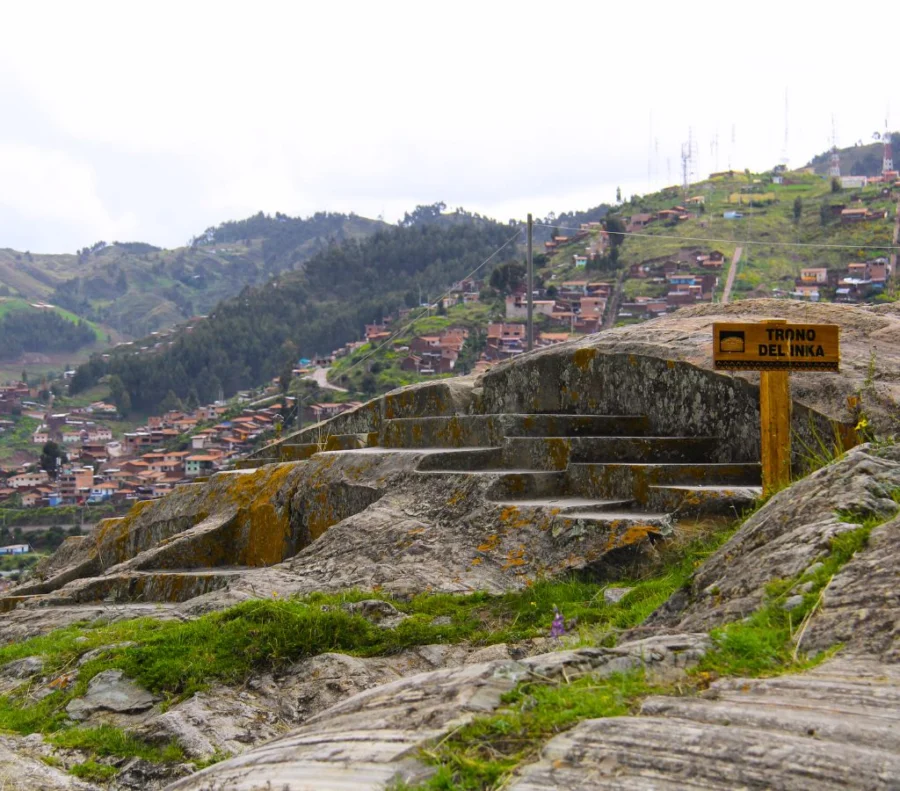
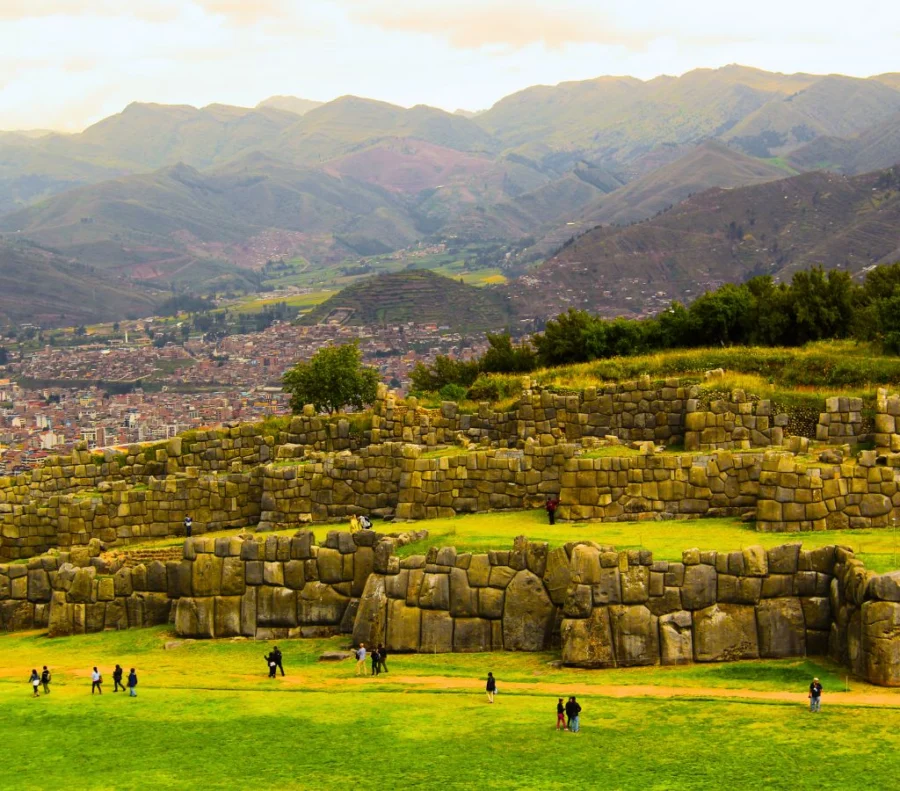
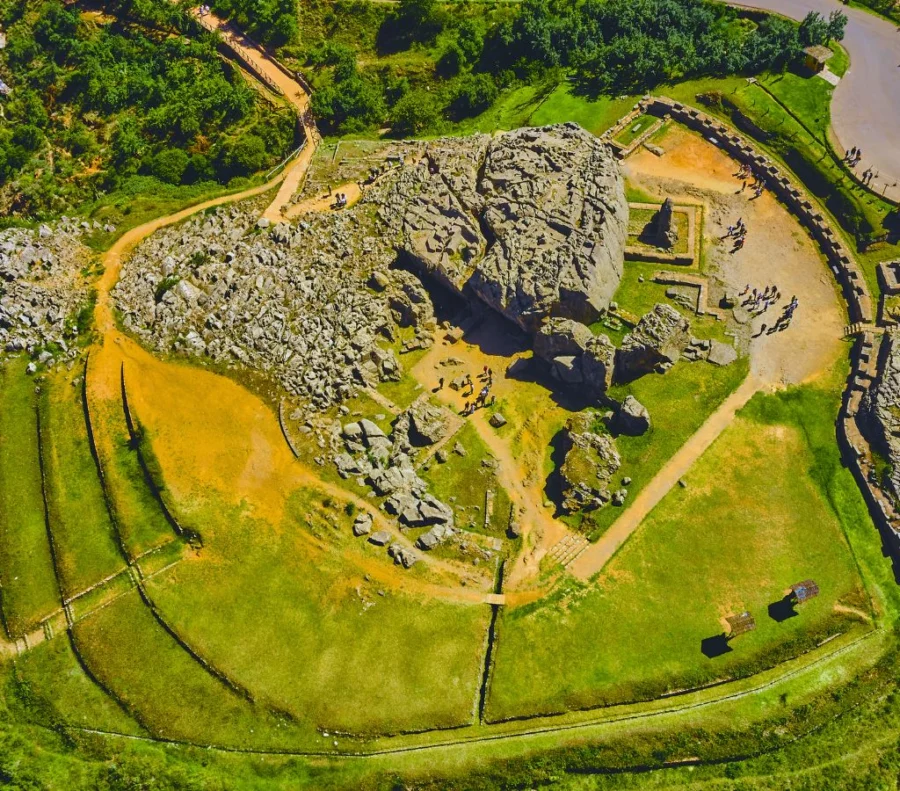
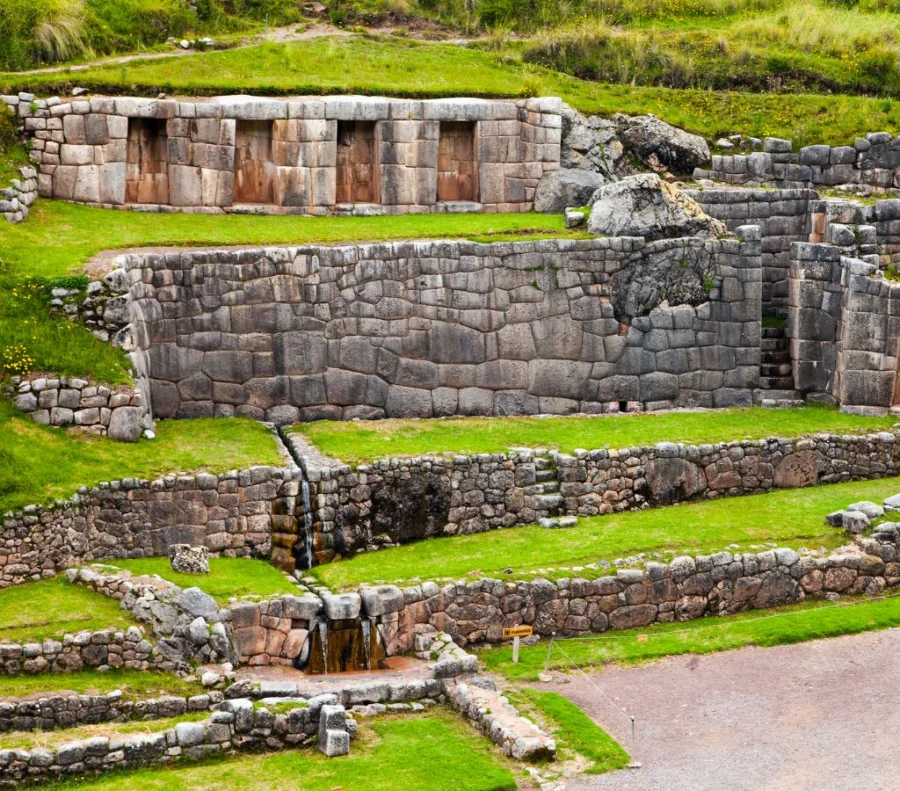
Day 2: Explore the Sacred Valley of the Incas
Walking along the Inca trails is an adventure, to feel that energy, mysticism, to see that nature surrounded by small rivers and those archaeological sites located in Cusco. These sites have a special characteristic in their geography and climate that is why they became famous for their agriculture, military and religious centers.
What to see and do in the Sacred Valley of the Incas?
I visited five different points and in each of them you can live unique experiences and here I will tell you everything I could admire in each site of the Sacred Valley of the Incas.
We start our trip visiting Chinchero, a place known for its handicrafts, the textiles it represents and also its archaeological site. We stop at one of the textile center, because remember that this place is characterized for being a handicraft site; well we enter the handicraft center and the mommies explain us the whole textile process they perform before using the wool and turn it into a garment.
After knowing all their process they show us the garments that they had already knitted, there was a variety from blankets, dolls, sweaters, scarves, among others to buy them. Then we go to visit the archaeological center of Chinchero, to enter you must buy your entrance ticket, along the way we found several craft stores offering accessories, dolls and handmade clothing all very beautiful.
Once inside I could see the immensity of this Inca construction, as we are told that it was the royal hacienda of Tupac Inca Yupanqui and served as a center to store provisions, food for Cusco. The colonial church that is located here is called Nuestra Señora de Monserrat and the nice thing is that inside you can see several works of art, paintings belonging to the viceregal period.
Our second point is Moray, I only saw it by images and now seeing it up close is a reality, see those circular terraces are wonderful, because they tell us that this was an agricultural research center; and I wonder the Incas were really ingenious, well I continue telling you.
In this place they made cultivation experiments at different heights and what calls the attention are the circular platforms, this has to be investigated more or maybe I to better understand all that they did these geniuses.
Our next point is the Salinera de Maras, here you also have to have your ticket to enter and pay the amount of 10 soles, this natural attraction is made up of salt water wells that evaporates when the sun goes down, crystallizes and becomes solidified salt.
The villagers of this area are owners of these wells and extract it when they see that it is ready is removed, we also learned that some can be used for cooking and the other is medicinal. A tip they give us is that if we want to see the white salt wells it is better to visit between June and July.
Now, we go towards the Pisac Archaeological Site, all the way was surrounded by mountains, at times you can see the river and greenish areas; and we arrived to Pisac and incredibly from the top of this place we can see a part of the city and the chain of mountains that surround it.
My first impression was to see the huge system of platforms that they had, I was really enchanted and all this is in the lower part because in the upper area was built housing, even when you enter you can see already built family houses.
Pisac is made up of walls, aqueducts, cemeteries, bridges and other places that perhaps have yet to be explored. In the surrounding area is one of the largest cemeteries ever found, but unfortunately the niches are empty.
As we know this culture had the belief of reincarnation and were buried with all their belongings, and we know that they were buried by classes had a variety of objects some of gold, silver and copper, the ambition of the people made this place is now simply an empty cemetery and you can only see skeletons;
The place was very important because on the other side you can see the Intihuatana, and a replica of the five temples that inhabited the city of Cusco, you can also see another temple that was possibly already there before it was conquered.
It is a marvel this Archaeological Park, during the tour you can see that there are water channels that were possibly brought from the top (still need to discover the origin of the water course), in the same way it was divided into neighborhoods.
I would not finish telling you everything we found here, but there are several hidden areas such as its small chincanas, carved in stone, its streets really very impressive; after visiting the temple we went down to the traditional market of Pisac to see all the crafts, gold and silver work and art that they sold, it is considered one of the largest markets in offering handicraft products native to the place and made of animal fiber.
As a last visit we go to the Ollantaytambo Archaeological Site, one of the magical places because it has nothing to do with what they simply tell us, you really have to go see it.
As soon as you enter you will be able to see the immense Ollantaytambo stairway that takes you to the Inca constructions, as we know they were always located on top of the mountains.
They explain to us that this was a Tambo or as they say a lodging town strategically located in the Sacred Valley. It was a little difficult to climb the steps, because it was steep, but otherwise everything was fine although there was a little rain.
Once at the top, you can see the constructions such as the Temple of the Sun, which is carved in granite stone and is believed to have been used for ceremonial purposes; you can see the choqanas on top of the mountains, the monumental doorway or the enclosure of the 10 niches, the bath of the ñusta, among other Inca constructions that are pure energy.
The truth is that I felt something special when I visited this site and not only here, but also in Pisac, feeling that wind so different from the others is like feeling that Andean melody that connects you with the past.
After visiting this archaeological site we will go to Aguas Calientes or Machu Picchu Village to settle in and recharge our batteries for the next day and see the imposing Machu Picchu, a sacred city never found by the Spaniards.
Where to eat?
On the way to Ollantaytambo we stop for lunch at the tourist restaurant, lunch is a buffet, you have a variety of little things there on the trays and you decide which dish to serve yourself;
The food was very good, there were dishes to choose from and you could decide which one to serve, everything was delicious.
My Recommendations
- You must have your identity documents or passport with you, as well as your admission tickets.
- If you have altitude sickness what you should do is drink plenty of water, and avoid fatty foods and alcoholic beverages.
- Wear warm and waterproof clothing.
- Have extra cash in case you want to buy some food or souvenirs.
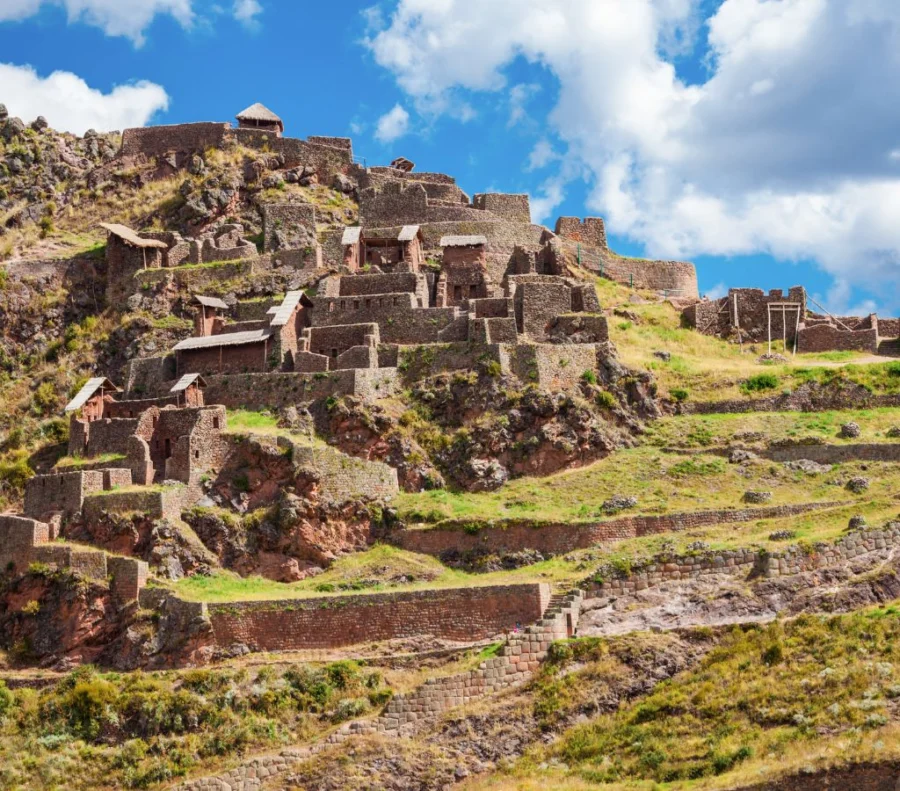
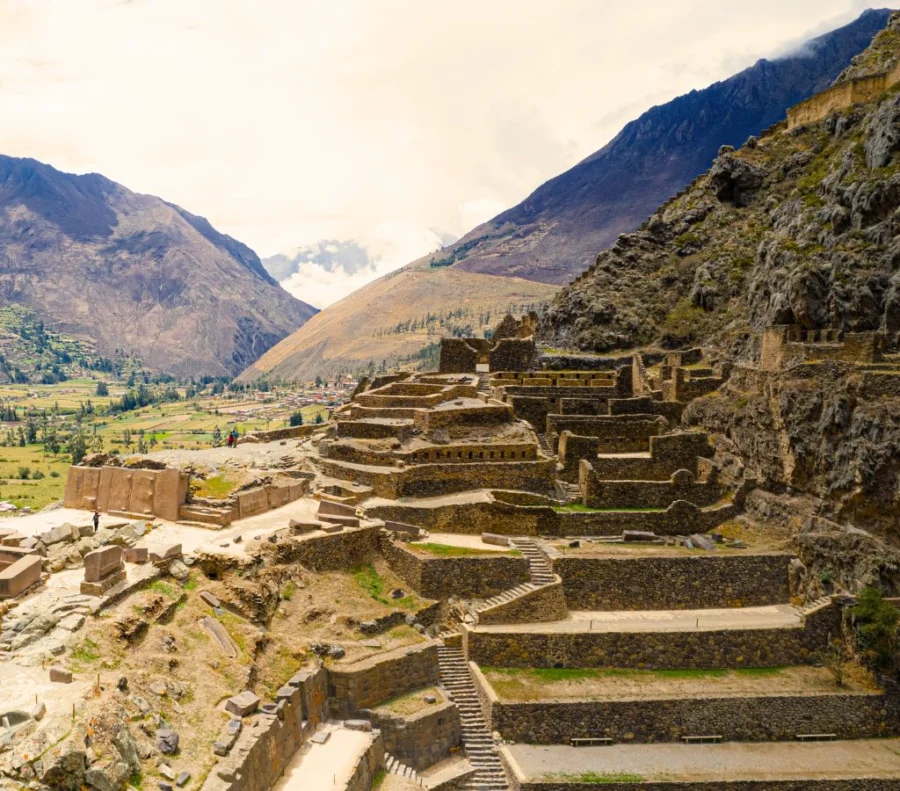
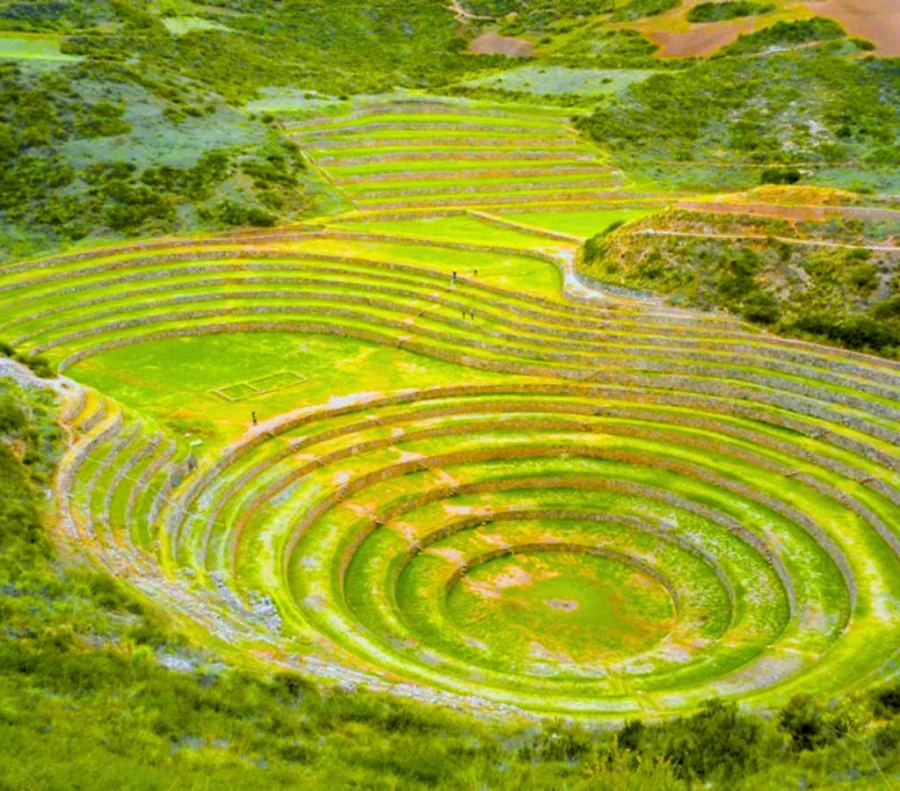
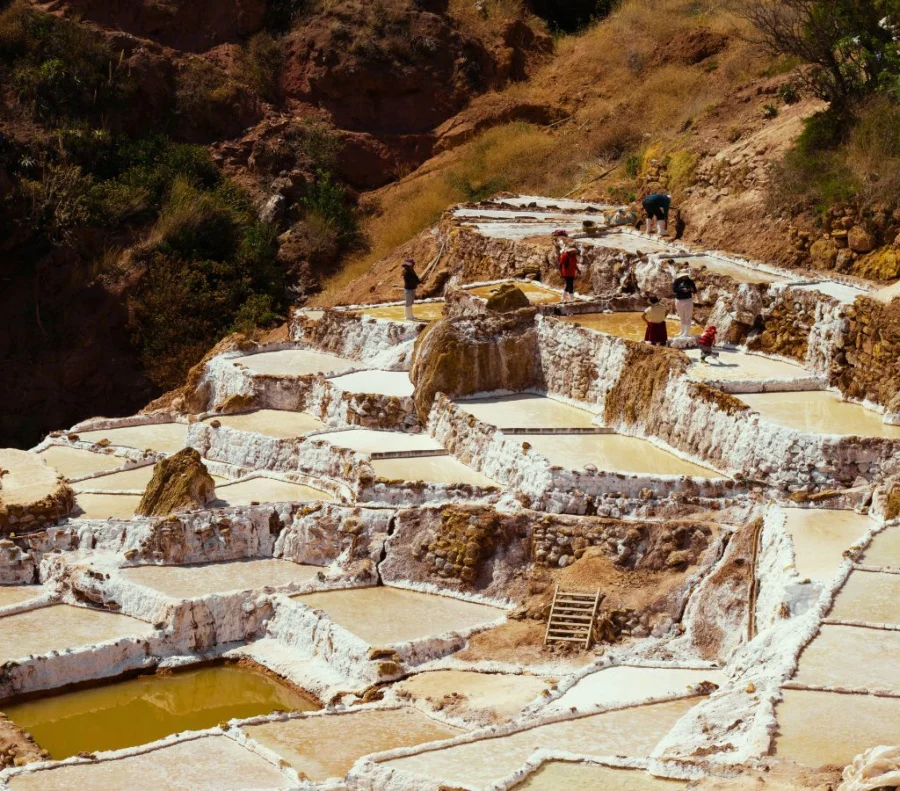
Day 3: Visit Machu Picchu
The most awaited day has arrived, I know it will sound repetitive to everyone, but knowing this wonder is like entering a mysterious world, knowing that culture that many researchers can not decipher;
We got up very early, we got ready to go to the mountain, I am excited because the day arrived and I feel that my heart is going to explode, but I am already getting ready to climb that sacred mountain.
The agency I am traveling with is waiting for us to go up, first I go down to have breakfast, because I have to recharge my energy to climb and resist all the way. Now yes, we leave to queue and get on the bus.
We went up for at least 30 minutes by bus to the top of the mountain, we went through several curves until we arrived, I sat in the first seat to be the first to get off, curious truth, but I did it and I was the first of the bus to get off and step on this sacred ground and I was very happy.
We enter with our documents or passport, we show our entrance tickets and we enter a whole new world, you must keep in mind that you have to enter at the time you booked and you only have two hours to go all over the Historical Sanctuary of Machu Picchu.
What calls and stands out in this place is the urban design, the architectural beauty and the fine and impeccable work they did with the stones, from the entrance I could see a part of this sacred place; to get to the classic photo that is where we want to climb we started ascending some irregular steps but all well.
The guide tells us that the houses or called as enclosures are storage of agricultural products and that the roof that we see now is a reconstruction that was made because with the year these fell and they had to give it form so that it does not end up destroying.
These still retain their architecture and served as a model for use in the Andean region, we continued climbing to reach the House of the Guardian and take the best picture. I stayed a few minutes to contemplate all that beauty and feel that energy, this place is really magical.
After that we went down to the Plaza Sagrada, to contemplate the terraces, where we explained that the site is divided into an agricultural and urban part, the impressive thing about this place is that water still runs through the gutters and that's the most beautiful thing, to see that hydraulic engineering so advanced and that so far continues to endure.
We are told that it was suddenly abandoned and spent at least 400 years to be discovered first by other researchers or travelers that at the beginning was not given the importance and when Hiram Bingham came in search of the lost city of the Incas, confused and found this wonder.
We visited the Sacred Rock, the Temple of the Sun very important where the sun's rays enter where they could observe the agricultural calendar for their different activities, one of them was agriculture.
Several important objects were found in these constructions, the view of the site is impressive because from the top you can see the green landscape, the mountain range, the Huayna Picchu, the Mountain Machu Picchu, the Mountain Putucusi which are considered as Apus or sacred mountains.
In conclusion, I finish my tour very excited, this was the first time in Machu Picchu is a dream come true, seeing it brought tears to my eyes because I always wanted to see it up close and wauu … I am very happy. So I leave this place more than happy and with the promise to return and this time climb Huayna Picchu.
On this occasion we return to the city of Cusco on the train to Poroy - Cusco, and then we are picked up to take us to our hotel and rest, after having a bit of a tiring trip.
Where to eat?
After visiting the archaeological site we had to descend, this time we had to do it by bus, because the time was tight. Once in town we went to have lunch at one of the restaurants that are above the main square of the town.
The dish I liked the most was the ceviche, lomo saltado, causa rellena.
Where to stay?
In my case the agency I traveled with made the corresponding reservations, so I didn't have to worry about booking, but you must keep in mind that if you already have a fixed date for the trip you must book in advance.
My Recommendations
- Again, you must have your passport and your admission ticket ready beforehand, keep them because if they get lost it can be detrimental and you may not be able to enter.
- As a precaution, take a picture of your entrance ticket to Machu Picchu.
- Bring comfortable clothes and a small backpack, only what you need, as they will not let you in with a huge backpack at the gate.
- Do not carry umbrellas, tripods, or any metal that may damage the Inca citadel, you may be penalized.
- He carries a camera to portray the best of the Inca people.
- Wear sunscreen, a hat, plenty of water and some snacks and put the garbage away.
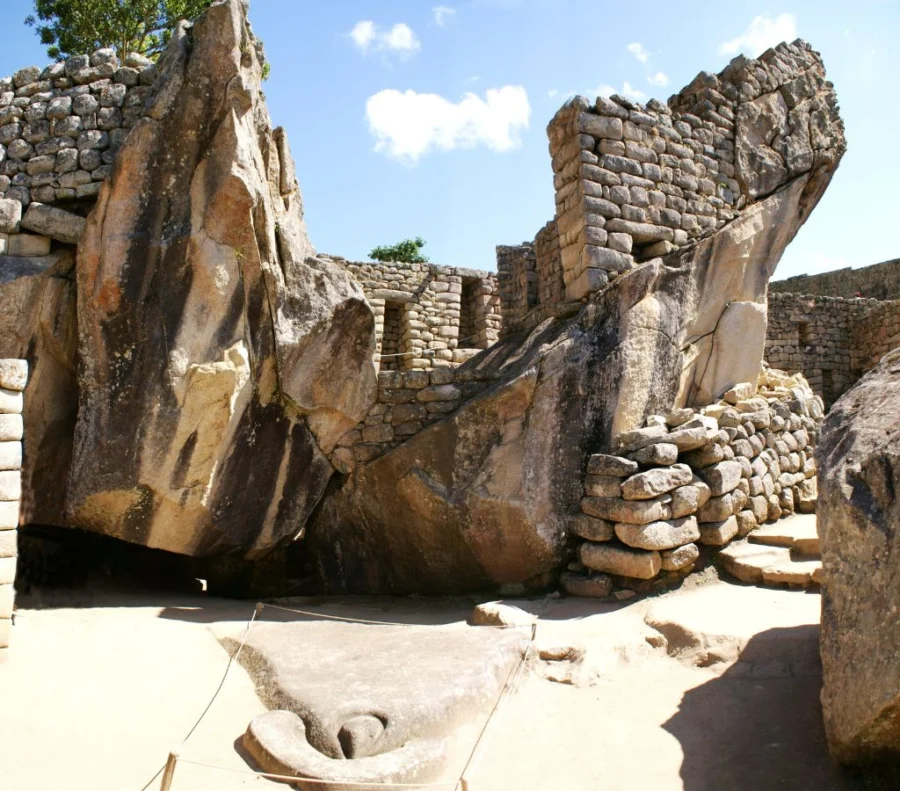
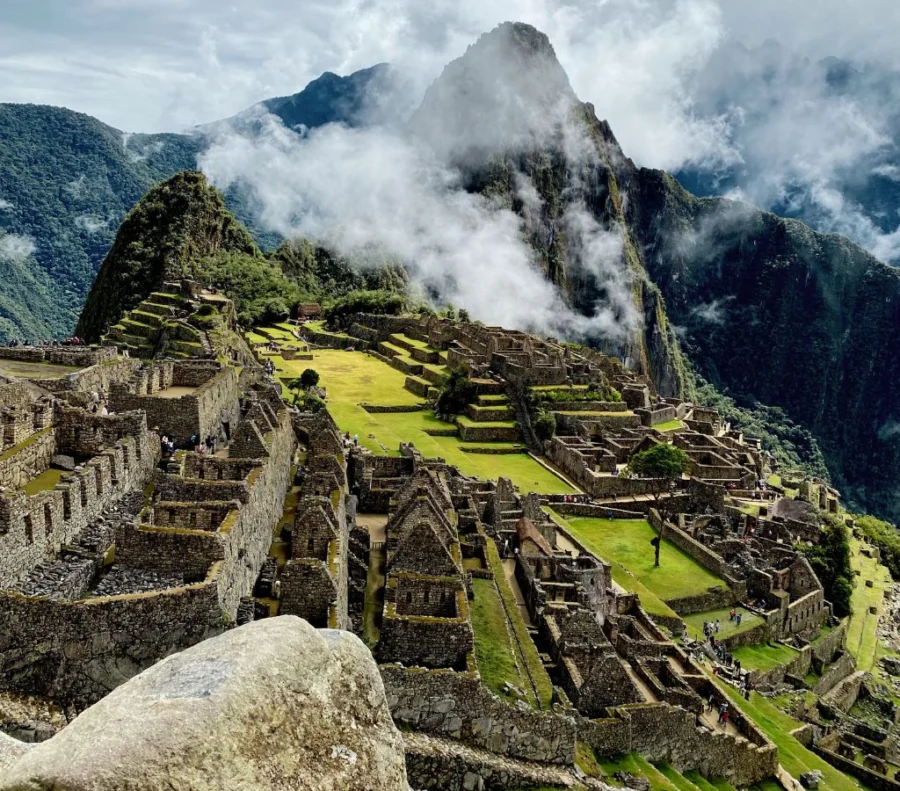
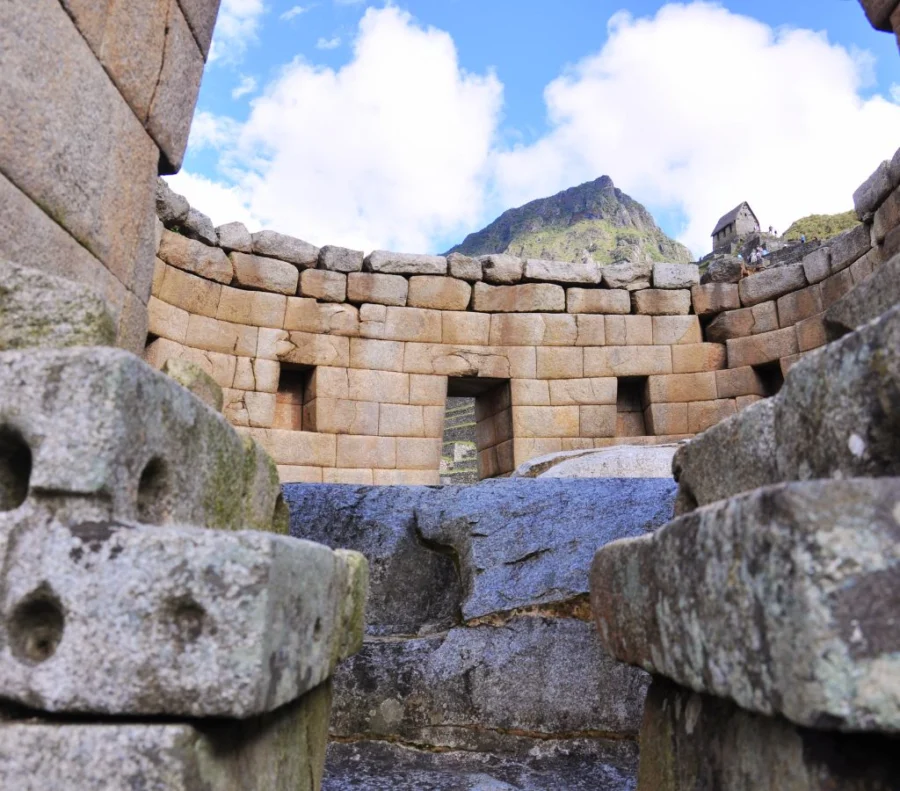
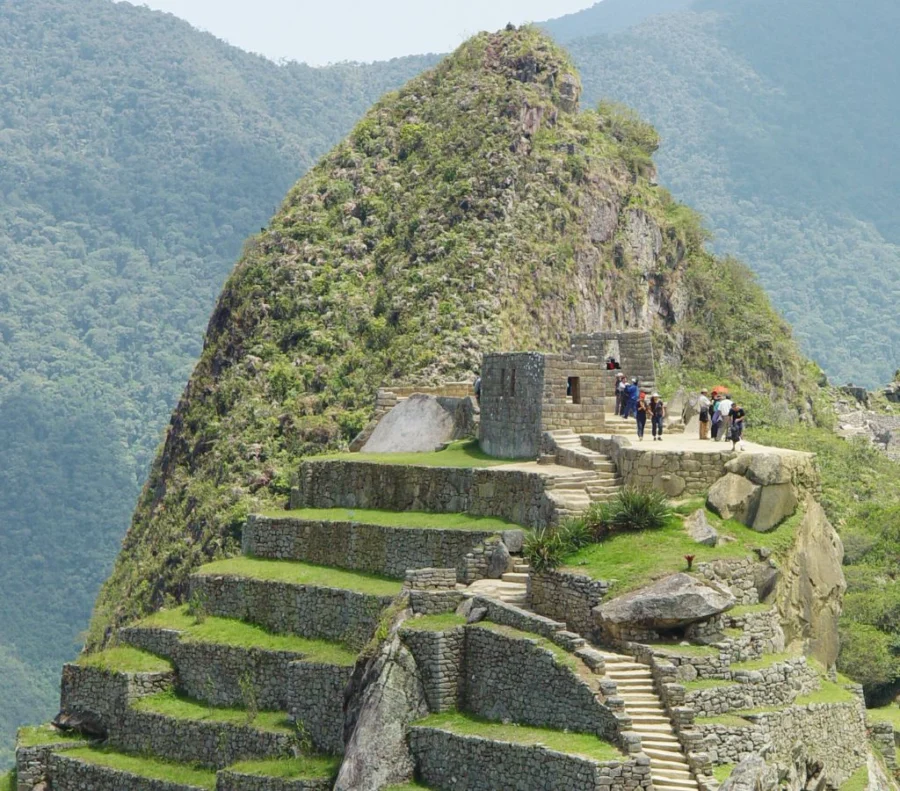
Day 4: Last day in Cusco
This is our last day in the beautiful city of Cusco, and with much regret I say that I am leaving at noon and well I have to get ready with many things that I bought, but before I went for a last walk to the Plaza de Armas, it was like taking a mental picture of everything that was in this great place.
However, I leave happy and just say see you later because I want to come back and continue to know this beautiful country; knowing every place and touring the Ande is really the best experience I take with me.
The people of Cusco are very friendly and warm, it may not be a city with a great progress, but it has well preserved its Andean culture, its language and above all what their ancestors left them, replicating these things helps to spread to the whole world that this culture is still alive.
